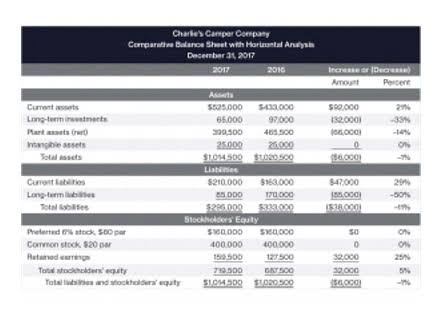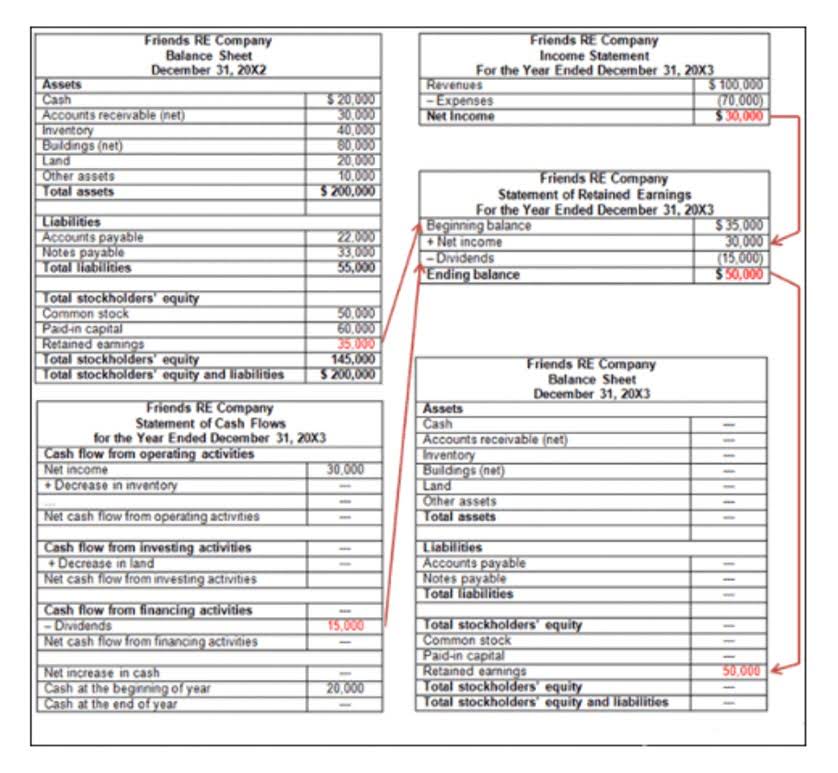Matching Principle & Concept
29/05/2025 15:08

The goal is to accurately depict economic performance over time, not just track cash in and out. In practice, the matching principle is evident in the treatment of depreciation. When a company purchases a long-term asset, such as machinery, the cost is allocated over the asset’s useful life through depreciation, matching the expense with the revenue generated by the asset. This allocation prevents significant fluctuations in financial results, offering a more stable view of a company’s performance over time. It is important to match expenses with revenues because net income, i.e. the net amount earned in a period, is calculated by subtracting expenses from revenues. If expenses are not properly recorded in the correct period, the net income for a particular period may be either understated or overstated and so are the related balance sheet balances.
Applying this to the Income Statement

The matching principle is a part of the accrual accounting method and presents a more accurate picture of a company’s operations on the income statement. The increased incremental revenue due to the marketing effort cannot be allocated directly with the cost since both the timing and amount is unknown. In this case, the online marketing spend will be treated as an expense on the income statement for the period the ads are shown in, instead of when the resulting revenues are received. The consistent use of accounting methods and procedures over time will check the distortion of profit and loss account and balance sheet and the possible manipulation of these statements. Consistency is necessary to help external users in comparing financial statements of a given firm over time and in making their decisions. But should be proportion to the economical use or in the ways how fixed assets contribute to sales revenue as well as production.
- But with proper matching, managers can correctly assess performance trends over time.
- The matching principle is a key concept for ensuring expenses are recorded in the appropriate periods to match related revenues.
- For instance, in the construction sector, entities frequently undertake extensive projects wherein revenue recognition is contingent on the percentage of project completion.
- While the matching principle is fundamental, there are certain challenges and considerations in applying it, which this section will outline.
- Revenue of the period is matched with expenses required to create those revenues.
- This principle is crucial for providing a clear and accurate picture of a company’s financial performance.
- This is especially important in relation to charging off the cost of fixed assets through depreciation, rather than charging the entire amount of these assets to expense as soon as they are purchased.
How does the matching principle relate to accrual accounting?

To better understand how this concept works in the real world, imagine the following matching principle example. Sippin Pretty pays its employees $19 an hour to produce their signature teacups. Luckily, Sippin Pretty just sold all of the teacups recently produced by its employees. Financial statements help keep track of your business’s financial activity, http://aglab.azurewebsites.net/2022/07/19/a-beginner-s-guide-to-understanding-period-costs/ so you can see exactly how you’re doing.
Bring AI Into Your Close and Get Matching Right, Every Time
The matching principle ensures these documents show the real financial state of a company. The matching principle is crucial for financial statements’ accuracy and understanding. It ties expenses to their related revenues, making financial statements show the true financial health of a company better. In line with the revenue recognition principle, it records revenue when it’s earned, regardless of payment receipt. A cosmetics company, for example, records commission fees with sales revenue in the same period.

The matching principle works by aligning expenses with the revenues they help generate within the same accounting period. For example, if the office costs retained earnings $10 million and is expected to last 10 years, the company would allocate $1 million of straight-line depreciation expense per year for 10 years. The expense will continue regardless of whether revenues are generated or not.

- Below, we discuss some of the key obstacles accountants and financial professionals face when implementing the Matching Principle.
- The matching principle allows stakeholders, including investors and management, to make informed decisions based on the true financial performance of the business during a specific period.
- The marching principle is recognized in the same ways as accrual or cash.
- Prepaid expenses are not recognised as expenses but as assets until one of the qualifying conditions is met, which then results in their recognition as expenses.
- Many expenses are recorded when incurred but must be properly matched with revenues.
This concept may result in stating net income and net assets at amounts lower than would otherwise result from applying the pervasive measurement principles. Accounting conservatism does not mean to intentionally understate income and assets; it applies only to situations in which there are reasonable doubts. For example, inventories are valued at the lower of cost or current replacement value. For example, the cost of rendering service amount to $60,000 that occurred in February should be recorded as the expenses in February. In December 2016, the salesman could earn 2,000$, but the commission payment will be payable in January of what is matching principle in accounting the following year.
- For instance, AR automation tools can recognize revenue from a subscription as it’s earned each month, while spreading out the costs of the support team over the same period.
- The matching principle in accounting requires companies to record expenses in the same period as the revenues they help generate.
- The matching principle is essential for accurate financial reporting as it ensures that expenses are recorded in the same period as the revenues they generate.
- For example, the entire cost of a television advertisement that is shown during the Olympics will be charged to advertising expense in the year that the ad is shown.
- However, by implementing robust accounting systems, developing clear policies, and continuously educating their accounting teams, companies can overcome these obstacles.
- The stock may need to be held for a certain period before its value can be realized.
The matching principle significantly influences financial statements by fostering accuracy and reliability, essential for informed decision-making. Income statements are particularly impacted, as the principle ensures revenues and expenses are reported together, leading to an accurate depiction of net income. This alignment is critical for investors and analysts who view net income as a key indicator of a company’s profitability and operational efficiency. The matching principle is a financial accounting concept that requires revenues and expenses to be matched in the same period. This principle helps to ensure that the financial statements are accurate and that they present a true and fair view of the company’s operations. The crux of disparity between the Matching Principle in accrual accounting and cash accounting lies in the timing of revenue and expense recognition.

If the company is operating under cash-based accounting, it should have recorded its electricity expense in the month of February, as it has actually paid cash in February. But under accrual-based accounting, the entity must record this expense in the month of January and not February, because the expense has been incurred in January. Not all costs and expenses have a cause and effect relationship with revenues. Hence, the matching principle may require a systematic allocation of a cost to the accounting periods in which the cost is used up.




















